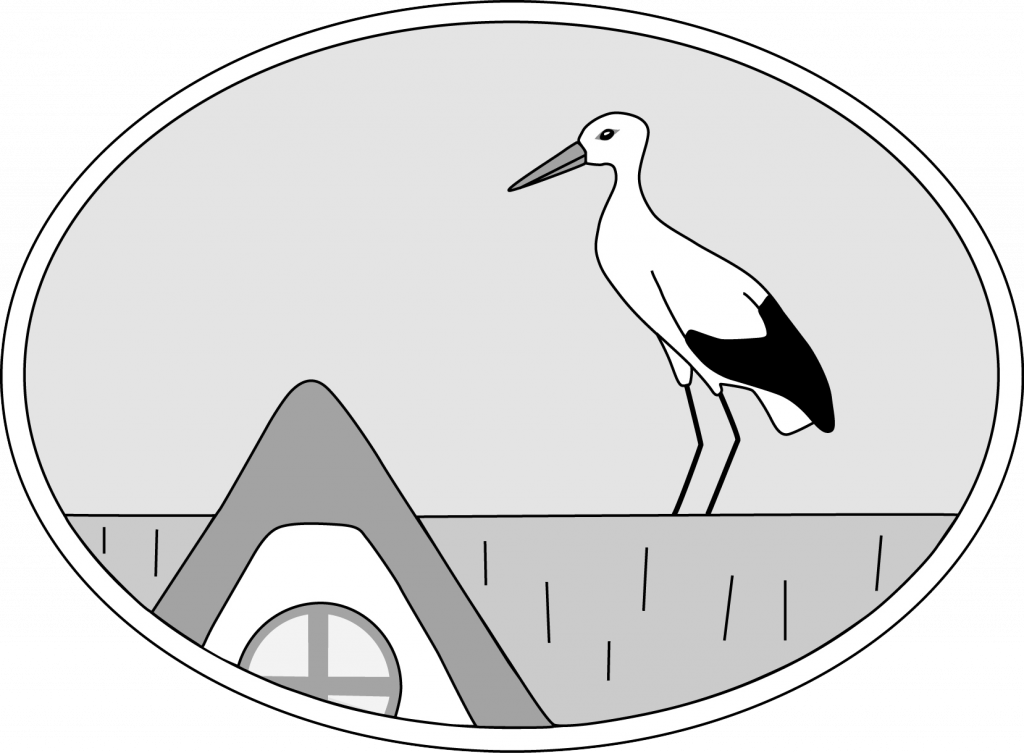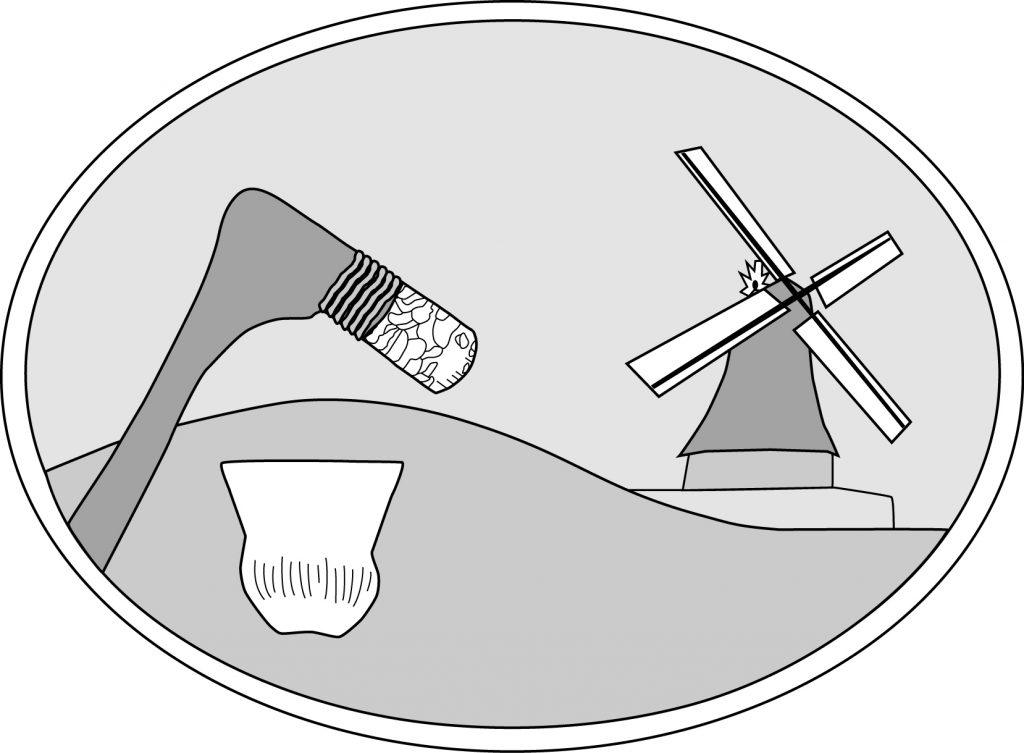
The altitude of Bergenhusen offers the storks a good overview of the feeding grounds and good conditions to take flight. To optimize conditions for the storks, Bergenhusen has been made more stork-friendly: Power lines have been buried and adjacent wetlands rewetted to act as feeding areas.
Bergenhusen is located in the region of Stapelholm.
Stapel has two meanings: one is a dock and the other a place of jurisdiction. The nearby village of Stapel was an important trading centre on Stapelholmer Weg, a historical trade route in Schleswig-Holstein. In today’s district of Süderstapel there was also a high court. Holm, on the other hand, results from the geographical location of the Geestlandschaft and meant an elevation, or protrusion.
Embedded in the unique landscape of meadows, hedgerows and rivers lies the small community of Bergenhusen. However, the village does not get its name from its elevated location: Beveringhusen, as it is called in the first documented reference in 1304, comes from Middle Low German and means something like “to the houses of the people of the Bewer” (= beaver) or “from the beaver place”.
Why is Bergenhusen of all places the stork village? Other villages in the Stapelholm region also have stork nests, but none as many as Bergenhusen. This is due to the combination of the location on the highest Holm in the area and the rich food supply in the wet, extensively farmed surrounding grassland areas.
Especially in the first weeks, it is important for the storks to have rich feeding areas within sight of the nest so that they can defend their nest against rivals. In addition, storks are sociable: where there is one, others are soon likely to join them.
Bergenhusen’s partner community is the European stork village of Rühstädt in Brandenburg.



